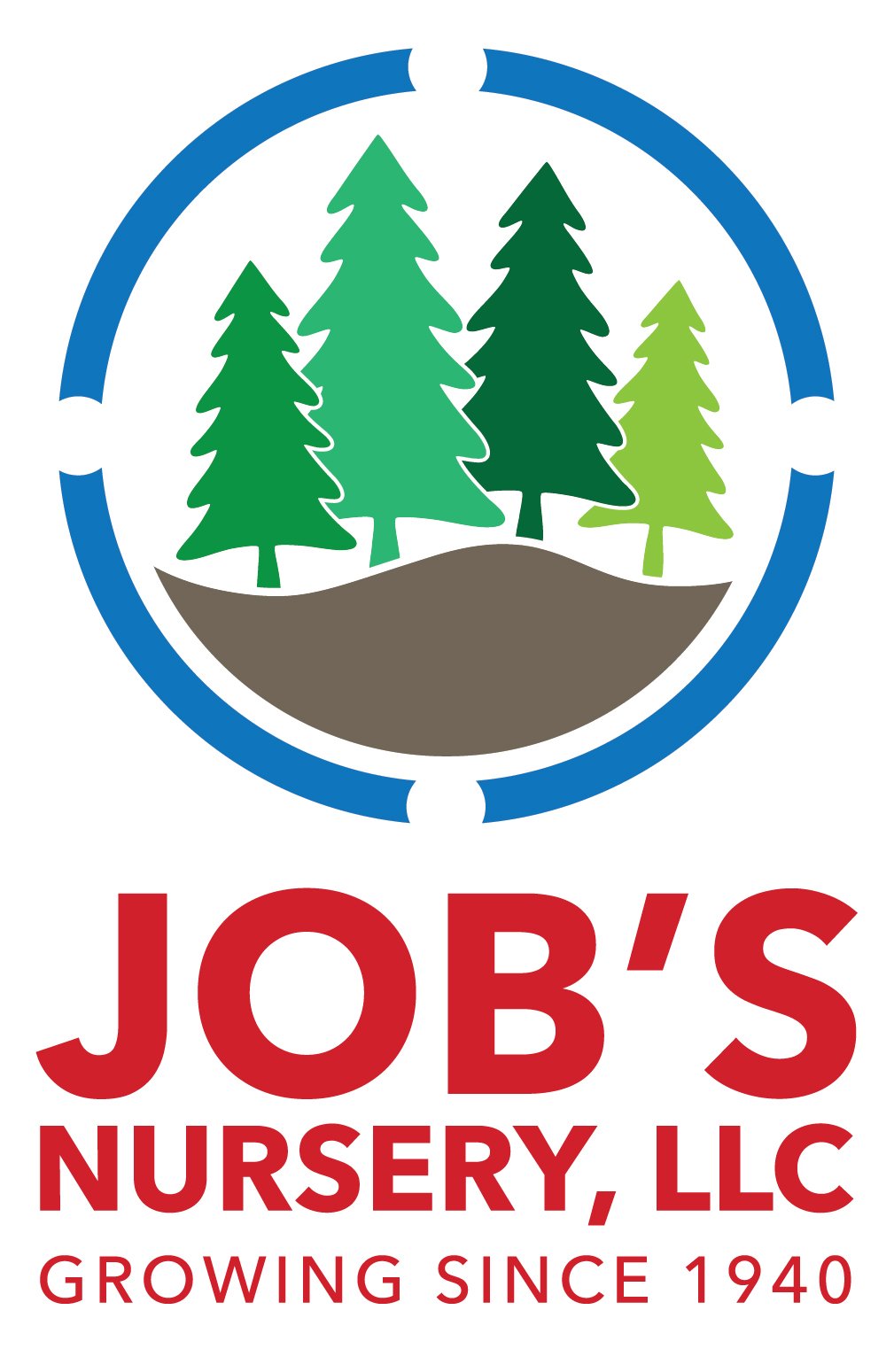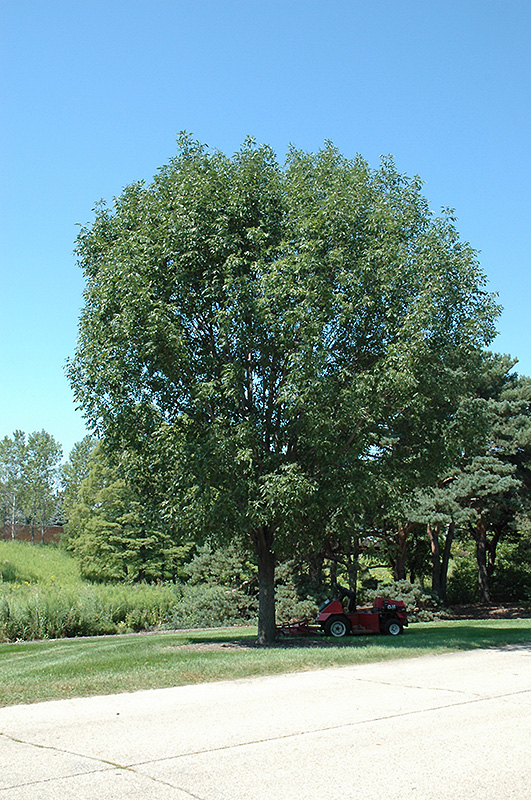Ash, Urbanite (Green) Fraxinus pennsylvanica 'Urbdell' Height: 50 feet Spread: 40 feet
Sunlight:
Hardiness Zone: 4b Other Names: Green or Red Ash Description: A very popular and valuable shade tree with a neat, upright habit of growth, reliable bronze-gold fall color; low maintenance and seedless (male selection), extremely adaptable to adverse growing conditions; excellent as a street tree Ornamental Features Ash, Urbanite (Green) has forest green deciduous foliage on a tree with an oval habit of growth. The compound leaves turn an outstanding coppery-bronze in the fall. Landscape Attributes Ash, Urbanite (Green) is a dense deciduous tree with a shapely oval form. Its average texture blends into the landscape, but can be balanced by one or two finer or coarser trees or shrubs for an effective composition. This is a relatively low maintenance tree, and is best pruned in late winter once the threat of extreme cold has passed. Deer don't particularly care for this plant and will usually leave it alone in favor of tastier treats. It has no significant negative characteristics. Ash, Urbanite (Green) is recommended for the following landscape applications; Planting & Growing Ash, Urbanite (Green) will grow to be about 50 feet tall at maturity, with a spread of 40 feet. It has a high canopy of foliage that sits well above the ground, and should not be planted underneath power lines. As it matures, the lower branches of this tree can be strategically removed to create a high enough canopy to support unobstructed human traffic underneath. It grows at a medium rate, and under ideal conditions can be expected to live for 70 years or more. This tree does best in full sun to partial shade. It prefers to grow in average to moist conditions, and shouldn't be allowed to dry out. This plant should be periodically fertilized throughout the active growing season with a specially-formulated acidic fertilizer. It is not particular as to soil type or pH, and is able to handle environmental salt. It is highly tolerant of urban pollution and will even thrive in inner city environments. This is a selection of a native North American species. Special Attributes When Ash trees get dry during the growing season they drop their foliage and go into summer dormancy.![]()
![]()
![]()
![]()
![]()
![]()
![]()
![]()
![]()

